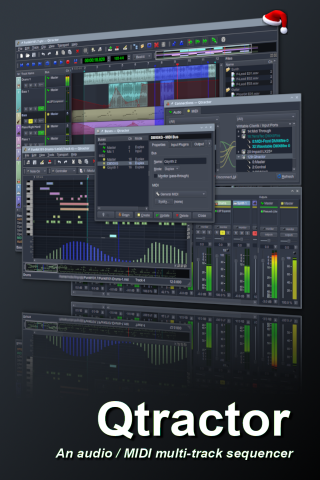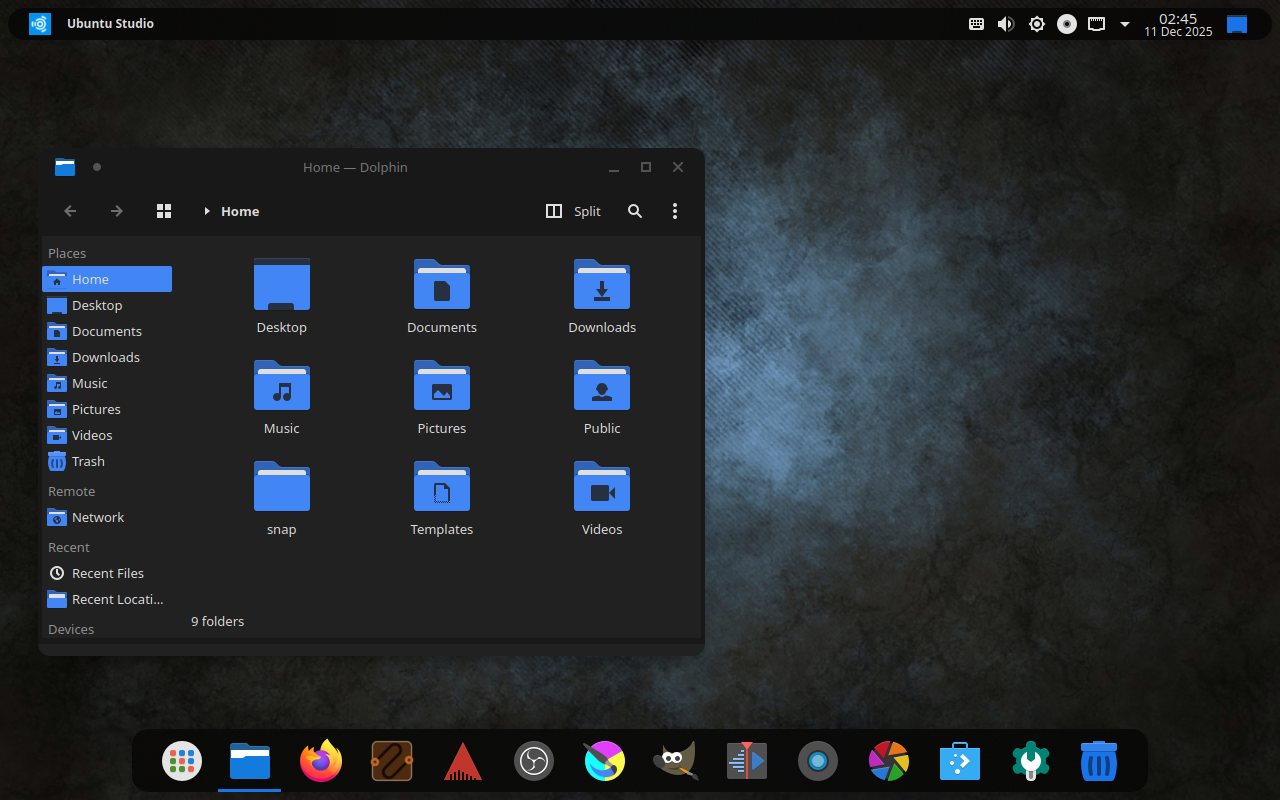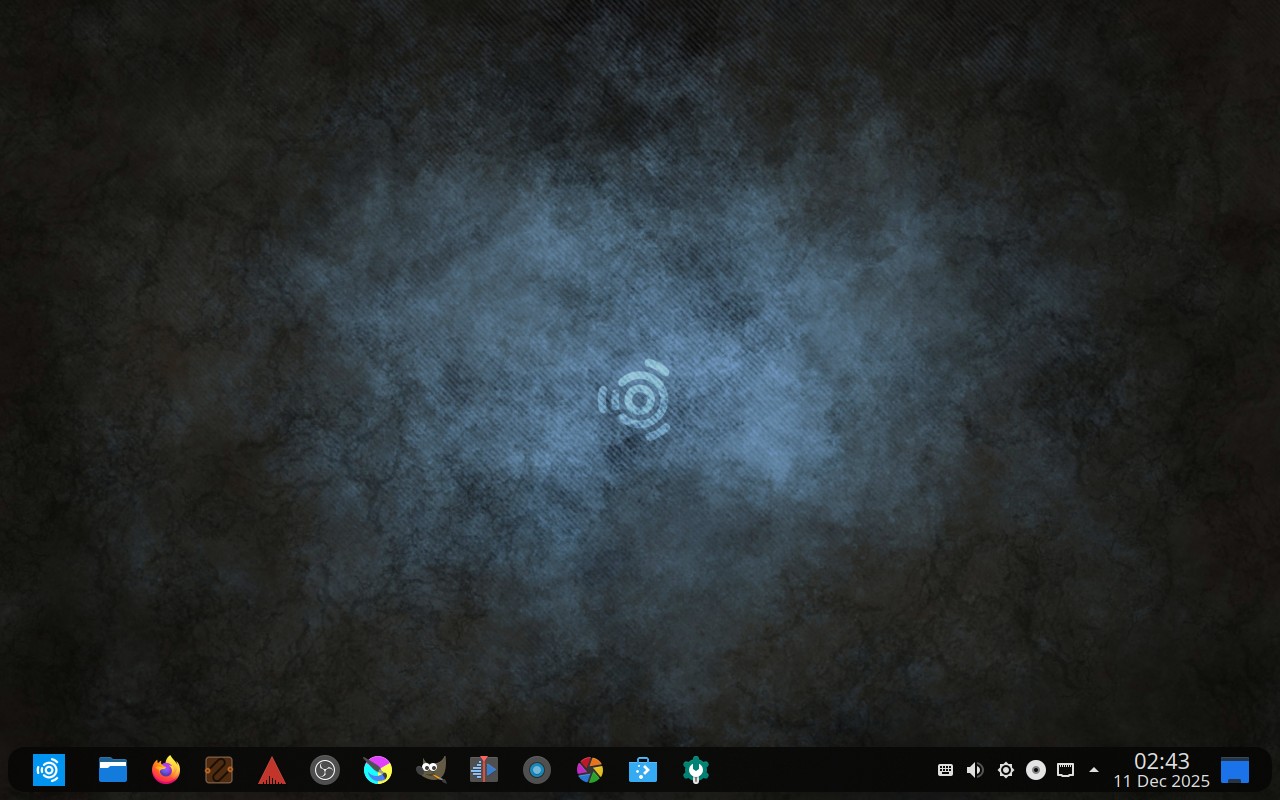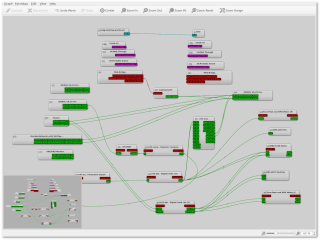Not much interesting was happening the past few weeks, so this is a multi-week recap. Highlights: release candidates planned for GIMP, Ardour, and FreeCAD; new releases of LSP plugins, new technical preview of Audacity 4.0.
The team is getting ready for the first release candidate of v3.2. This means some interesting features in the works are being postponed till v3.4. One such example is vector masks. Some patches may still come through, though, such as merging paths.
Some neat minor new features merged recently:
- Exporting patterns of fill and stroke in vector layers.
- Pasting unformatted text in the Text tool.
- Importing of PVR textures.
Dmitry Kazakov recently merged HDR support for Wayland to Krita Next. So far, this has been tested on KWin only.
Martin Owens recently added a new UI for changing the paint order in the Fill’n’Stroke dock:

Meanwhile, the GSoC artwork recolor project by Fatma Omara has been merged and will be part of the next release.

Tavmjong Bah started working on adding support for all color font formats.
The project has been slowly arriving at the first release candidate of version 1.1. There are fewer than 10 release blockers lately, so we may still see the final release in 2025.
At the moment, there are over 300 pull requests, both open and in draft. A huge part of those are scheduled for inclusion in v1.2, which means a busy post-release time.
The Ardour team is getting really close to the first release candidate of v9.0. Upcoming changes include things like much-requested pianoroll windows (see below on the screenshot), a bottom panel editing area for regions and cue clips, cue recording, and various UX/UI improvements.

Most recently, Paul added MIDI note brushing (coming to v9.0, and Robin has been working on a reimplementation of mix tools from Mixbus (probably coming to v9.1 or so).
This is still more of a technical preview, but with improvements:
- Allow track range selection with Shift-Enter.
- Record from anywhere.
- Export loop region.
- Preference for paste behavior: overlapping other clips vs pushing them.
- Preference for whether clicking on the ruler should trigger playback

Go get it here if you are curious.
This is mainly a bugfix update for another recent release, where Vladimir Sadovnikov implemented a Ring-Modulated sidechain plugin series (regular and multiband), A/B preset switching support, integrated loudness metering for Referencer plugin series, and other great new features and improvements.
See here for release notes and downloads.
This is a very exciting and yet not very well-known project that simplifies using global audio effects on Linux, among other things. Wellington Wallace et al. released this new version with a port from GTK4 to Qt/QNL-based user interface.
Other changes include:
- Built-in tray icon and menu.
- Better echo cancellation.
- Various preset improvements.
- The last used plugin or tab is now restored when the window is reopened.

For the full list of changes, please see here. The recommended way to install it is from Flathub.
Shaman House by Dahyun kal, made with a plethora of tools, including Blender:

Awakening by Javen Yuan, made with Zbrush, Blender, and Photoshop:

The Silent Geometry by Sathish Kumar, made with Blender and Photoshop:

神秘小鎮 (Mysterious Town) by 魔灯Modeng, made with Blender, Maya, Zbrush, etc.:

Vampire Castle of Tanagari by Dimitris Tsilavakis, made with Blender and Krita:

Thanks to all patrons!





























Add new comment